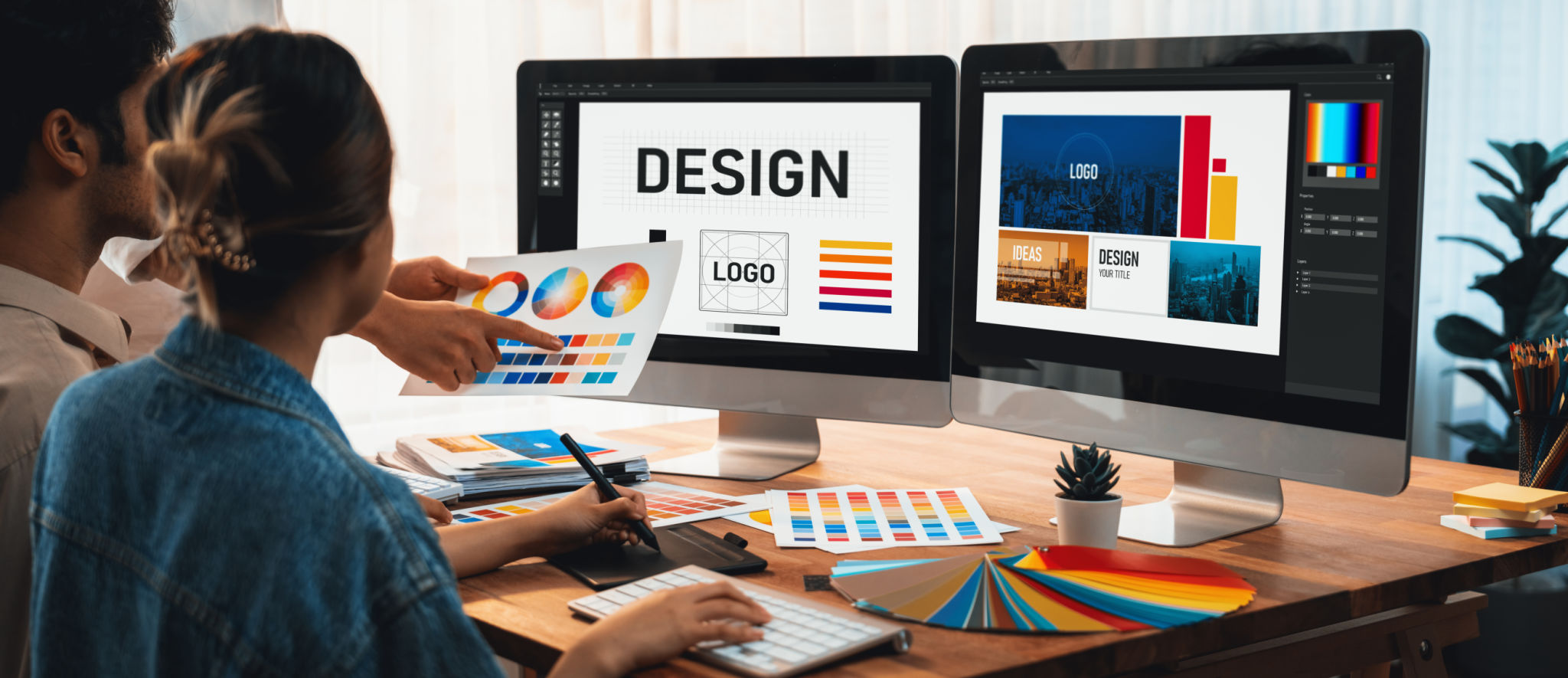Exploring the Art of Logo Design: Capturing a Brand's Essence
Understanding the Power of Logos
Logos serve as the visual cornerstone of a brand's identity. They are more than just artistic creations; they encapsulate the essence and values of a company in a single, memorable image. Crafting a compelling logo involves a delicate balance of creativity, strategy, and a deep understanding of what the brand represents.
The process of designing a logo can be both exciting and challenging. It requires designers to distill complex brand messages into simple yet powerful symbols. A well-designed logo has the power to communicate a brand's message at a glance, making it an indispensable tool in the world of marketing and branding.
The Elements of Effective Logo Design
Creating an effective logo involves several key elements. These include:
- Color: Different colors evoke different emotions and associations. Selecting the right color palette is crucial to representing the brand's personality correctly.
- Typography: The choice of font can significantly influence how a logo is perceived. It should align with the brand's voice and style.
- Shape and Symbolism: The shapes and symbols used in a logo should convey the intended message and resonate with the target audience.

The Creative Process Behind Logo Design
The journey from concept to completion involves several stages, each contributing to the final outcome. Here's a typical process:
- Research: Understanding the brand, its target audience, and competitors is critical for laying the groundwork.
- Brainstorming: This stage involves idea generation, sketching, and experimenting with different concepts.
- Design Development: The chosen ideas are refined digitally, focusing on color, typography, and layout.
- Feedback and Iteration: Gathering feedback from stakeholders helps refine the design further until it aligns with the brand vision.
This iterative process ensures that the final logo is not only aesthetically pleasing but also strategically aligned with the brand's goals.
Case Studies: Logos That Captured Brand Essence
Examining successful logos offers valuable insights into effective design. Consider iconic logos like Nike's swoosh or Apple's apple. These logos are instantly recognizable and embody their respective brand philosophies: innovation, simplicity, and excellence.

Such logos demonstrate that simplicity often leads to greater impact. By focusing on core elements that represent the brand, these logos achieve timelessness and universal appeal.
The Role of Technology in Modern Logo Design
With advancements in technology, logo design has evolved significantly. Designers now have access to sophisticated software tools that offer precision and flexibility. These tools enable designers to experiment with complex graphics while maintaining the simplicity required for effective logos.
Moreover, technology facilitates collaboration among creative teams across different locations, allowing for diverse perspectives and innovative solutions. This collaborative approach often results in designs that are both fresh and relevant in today's fast-paced market.

The Future of Logo Design
As brands continue to evolve, so too will their logos. Emerging trends like responsive design ensure that logos remain effective across various digital platforms. Additionally, sustainability is becoming a crucial consideration, influencing design choices towards more eco-friendly options.
The future of logo design promises to be dynamic, with an emphasis on adaptability and authenticity. As brands strive to connect more meaningfully with their audiences, logos will continue to play a pivotal role in shaping brand identity and perception.